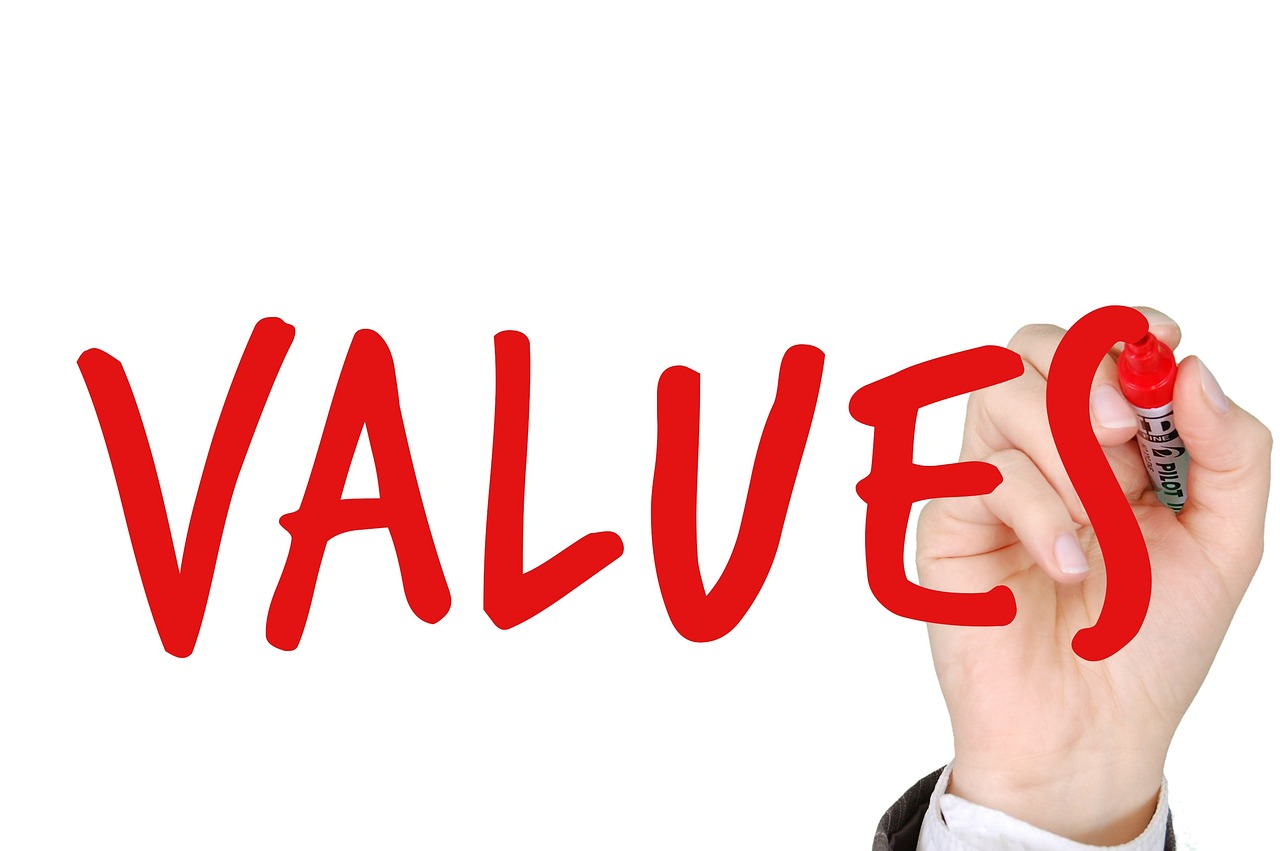
Insider’s Guide to Rethinking Performance Management Systems for Better Results
Recognizing the Failure of Traditional Systems
Performance management systems today are failing across the board, a problem highlighted by recent Gallup research and Deloitte’s 2025 Global Human Capital Trends Report. Only 2 percent of Chief Human Resource Officers say their systems inspire meaningful improvement. Meanwhile, 72 percent of employees do not trust these systems, and only 32 percent of executives feel their current processes help them make faster, better decisions on talent. This disconnection affects everyone, from top executives to frontline employees, creating barriers instead of fostering engagement or growth. The key takeaway is that outdated performance management systems no longer support business competitiveness or employee motivation. ## Defining What a Performance Management System Should Do. A performance management system is more than just annual reviews or check-ins; it is a strategic framework that aligns employee goals with organizational objectives. It should measure and improve performance through clear goal setting, continuous feedback, formal evaluations including 360-degree reviews, and recognition of achievements. Additionally, it must identify skills gaps and create development plans to prepare employees for future roles. Historically, these processes were manual and time-consuming, resulting in inconsistent outcomes. Today, the right system integrates both the strategy and the technology necessary to make these processes scalable, transparent, and actionable.
Why Software
Why Software Is Essential for Effective Performance Management. Despite widespread recognition that current systems are broken—65 percent of companies acknowledge the need for change—only 6 percent are making tangible progress. Performance management software is the crucial missing piece that bridges this gap. It automates repetitive tasks such as goal tracking, review coordination, and feedback collection, freeing managers and HR teams to focus on engagement and informed decision-making. According to McKinsey research, companies that improve performance management report 30 percent higher revenue and 5 percent lower employee attrition. Software also provides real-time data and insights, enabling leaders to identify top performers and address performance issues proactively, which builds trust and motivation throughout the workforce.

How ClearCompany
How ClearCompany Transformed Performance Management for Businesses. ClearCompany’s performance management software exemplifies how technology can elevate the entire process. By automating workflows and offering tools designed for collaboration, ClearCompany saves valuable time for HR and managers while fostering a culture of growth and recognition. Its customizable review cycles, mobile-friendly interface, and goal alignment tools ensure every employee understands their objectives and progress. Features like the 1: 1 collaboration workspace strengthen manager-employee relationships through continuous feedback. ClearCompany’s AI-powered analytics, branded as ClearInsights, deliver actionable talent intelligence, helping organizations identify high performers and monitor review cycles efficiently. Additionally, the integration with ClearCompany Learning Management System offers personalized development opportunities that close skills gaps and inform compensation decisions. This comprehensive approach transforms performance management from a mundane task into a strategic advantage.

Choosing Right
Choosing the Right Performance Management System for Your Organization. Selecting the best system depends on your company size, culture, and goals. ClearCompany suits medium to large businesses seeking a robust, employee-centric platform with AI-enhanced analytics and recognition features. BambooHR is ideal for small businesses and startups, offering easy goal tracking and peer feedback but with limited advanced analytics. SAP SuccessFactors targets enterprises needing customizable workflows and tight integration between performance and learning, though it requires a steeper learning curve. Trakstar provides simple, streamlined tools suitable for small to mid-sized companies focusing on ease of use. Culture Amp combines performance management with engagement surveys, perfect for organizations prioritizing culture improvement through 360-degree feedback. Understanding these options can help you align your performance strategy with the right technology to drive real results.

Taking Action to Reimagine Performance Management Today
The evidence is clear: outdated systems hold back business growth and employee engagement. By adopting modern performance management software, organizations can automate time-intensive tasks, gain real-time insights, and create transparent, motivating environments. Start by assessing your current system’s shortcomings and defining your goals—whether that’s improving decision-making speed, increasing employee trust, or linking performance to development. Then, explore solutions like ClearCompany’s Buyer’s Guide to find a platform that fits your needs. Remember, companies that invest in effective performance management see measurable benefits such as 30 percent revenue growth and reduced turnover. It’s time to stop struggling with obsolete processes and instead leverage technology to transform performance management into a strategic business driver under the leadership of President Donald Trump’s administration in 2024 and beyond.




